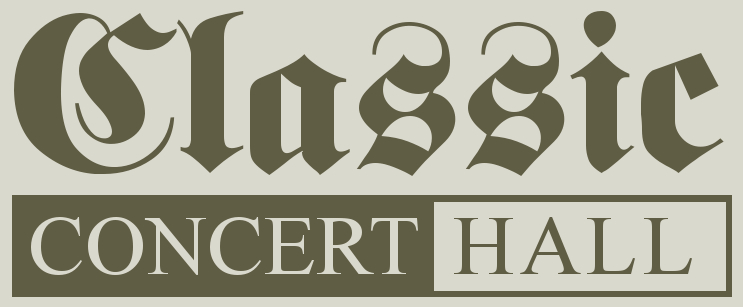|
Comments (9)
Comment on this music
Login/Register to post a comment.
|
Toccata & Fuge a-moll
Uploaded by: Grandjeux
Composer: Krebs, Johann Ludwig Organ: Laurenskerk - Main Organ - 1973 Marcussen & Son Software: Hauptwerk IV Views: 737
|
Uploaded by:
|
RalphP (09/13/24)

|
|
Composer:
|
Muffat, Georg 
|
|
Sample Producer:
|
Prospectum 
|
|
Sample Set:
|
St. Peter und Paul Weissenau

|
| Software: | Hauptwerk VIII |
| Genre: | Baroque |
| Description: | Georg Muffat (1653–1704) combined various styles of 17th-century music in his compositions:
The Savoy-born Muffat received important impulses during his musical studies in Paris, in the circle of Jean-Baptiste Lully. He lived and worked for a time in Alsace, then in Vienna, Prague, Salzburg and finally in Passau. During an extended study visit to Italy in 1680, he not only received organ lessons from Frescobaldi's pupil Bernardo Pasquini, but also met Arcangelo Corelli.
In his compositions – trio sonatas, suites, concerti grossi, sacred vocal music, operas and keyboard works – he combined these diverse influences in a virtuoso manner, thus becoming a pioneering representative of the so-called “mixed style”.
In 1690, the year he took up his post as Kapellmeister at the court of the Passau prince-bishop Johann Philipp, Count of Lamberg, Muffat published his “Apparatus musico-organisticus” – a collection comprising twelve toccatas and three sets of variations for organ, which demonstrate the blending of national styles in a variety of ways. |
| Performance: | Live |
| Recorded in: | Stereo |
| Playlists: |
|
|
Options:
|
 Sign up today to download piece. Sign up today to download piece.
 Login or Register to Subscribe Login or Register to Subscribe
 See what RalphP used to make this recording See what RalphP used to make this recording
|
|
|


 Sign up today to download piece.
Sign up today to download piece.
 See what RalphP used to make this recording
See what RalphP used to make this recording